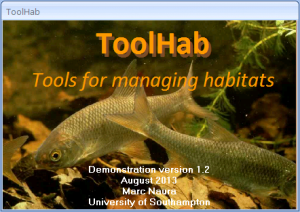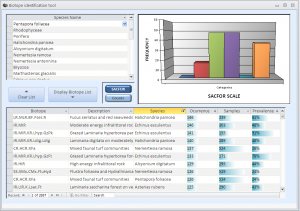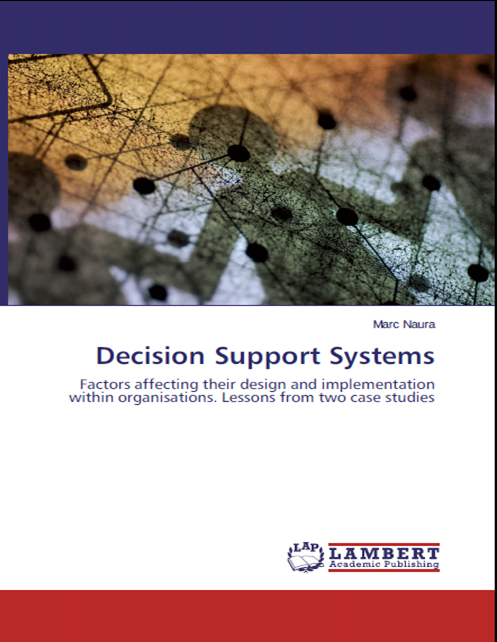We are specialised in the development of Decision Support Systems and software for environmental management and beyond. We have developed software both for public and private organisations. Examples include:
 Design and development of a Decision Support System (ToolHab) for prioritising sites for habitat enhancement work for the Environment Agency. The tool was designed to help environmental practitioners assess habitat quality, identify man-made pressures (i.e. engineering or land-use impacts) and develop programmes of measures at reach and catchment scales.
Design and development of a Decision Support System (ToolHab) for prioritising sites for habitat enhancement work for the Environment Agency. The tool was designed to help environmental practitioners assess habitat quality, identify man-made pressures (i.e. engineering or land-use impacts) and develop programmes of measures at reach and catchment scales.
 Design and development of BioScribe, a software for matching species lists to known biological communities and biotopes (JNCC).
Design and development of BioScribe, a software for matching species lists to known biological communities and biotopes (JNCC).
Most Decision Support Systems and software produced for environmental management are not used. As part of our practice and research, we investigated the reasons behind the lack of acceptance of technology and science within organisations. We found that software and scientific tools may introduce change that may be rejected by communities of practice within organisations. We found that organisational culture was one of the major drivers of science and technology acceptance within organisations.
 We developed a methodology for designing scientific projects and software that take account of organisational culture at the project proposal and design stages. The method was published in a book in 2014 and applied to a series of case studies.
We developed a methodology for designing scientific projects and software that take account of organisational culture at the project proposal and design stages. The method was published in a book in 2014 and applied to a series of case studies.
We believe that simple and cheap software solutions can be developed for dealing with environmental problems and helping practitioners in their decision-making. We tend to work with software and freeware that are readily available, easily implementable, free or low-cost, and that enable the development of user-friendly interfaces. Before developing a solution for a client, whether a scientific model or software, we thoroughly investigate the working practice of the intended users, their belief systems, the way they see the world, conceptualise and acquire knowledge and awaited perceive themselves, their role and function within the organisation and society. We then develop a scientific and technological solution that matches the working practices and beliefs of users to maximise acceptance and impact.

You must be logged in to post a comment.